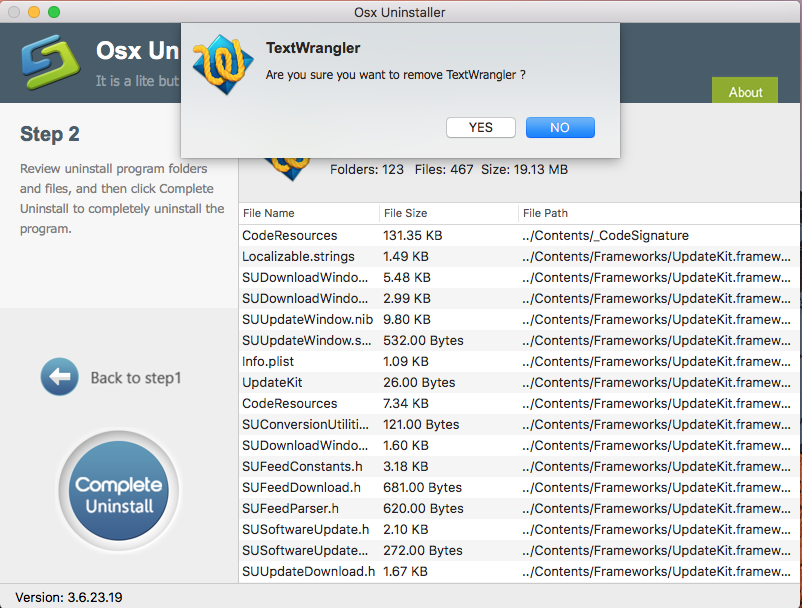Text Wrangler For Mac Osx 10.10
Which python returned: /usr/bin/python. /usr/bin/env python started running python 2.7 and echo $PATH returned this long thing: /Library/Frameworks/Python.framework/Versions/2.7/bin:/Library/Frameworks/Python.framework/Versions/3.5/bin:/usr/local/bin:/usr/local/bin:/usr/bin:/bin:/usr/sbin:/sbin:/usr/texbin. It's really weird because I don't see 2.7 anywhere in the directory after I deleted them using the instructions in that link I posted, i used the top vote/accepted answer. – Feb 13 '16 at 5:06 •. As the root of your question seems to be, 'How can I run scripts via TextWrangler in Python 3 (rather than 2.7)?'


, I'll provide an answer to that. (Please let me know if I've misunderstood). As I'm not sure how you've chosen to install Python 3, I'd suggest working with and installing python and python3 with the command brew install python python3 once you've gotten Homebrew up and running. Homebrew defaults to installing software to /usr/local/bin/, so make sure that is present in your PATH variable. Once Python 3 is installed, you can create a new TextWrangler document and enter the following code to test: #!/usr/bin/env python3 import sys print(sys.version) Then, run the script by going to #! -> Run in the TextWrangler menu (see attached image). The output (shown in a new window by default) should give you your system and Python information.
I'm new to mac osx and I'm looking for a nice lightweight text editor for coding (javascript/java) and I think TextWrangler is close to being it. The only thing I haven't been able to figure out is if I can customize it to auto indent braces in my preferred style ( K&R/KNF ). Disk Inventory X is a disk usage utility for Mac OS X 10.3 (and later). It shows the sizes of files and folders in a special graphical way called 'treemaps' If you've ever wondered where all your disk space has gone, Disk Inventory X will help you to answer this question.
Text Wrangler For Mac Osx 10.10.5
In my case, the results were: ========================================================================= Feb 18, 2016, 15:07:45 untitled text ------------------------------------------------------------------------- 3.5.1 (default, Dec 7 2015, 21:59:10) [GCC 4.2.1 Compatible Apple LLVM 7.0.0 (clang-700.1.76)] Alternately, you can directly input the path to your python3 executable in line 1 ( /usr/local/bin/python3 is the default for Homebrew).
You can do that by setting a Menu Item shortcut key. Under Snow Leopard, go to System Preferences > Keyboard Click on the 'Keyboard Shortcuts' tab, the the '+' sign at the bottom to assign a new shortcut. In 'Application', choose 'TextWrangler', for 'Menu Title', type 'Change Case', and put in your desired keyboard shortcut. Your TextWrangler 'Text' menu item should now show a new 'Change Case' option with the keyboard shortcut assigned. For Leopard 10.5, it is the same procedure, just that you go to System Preferences > Keyboard & Mouse, instead of System Preferences, Keyboard.